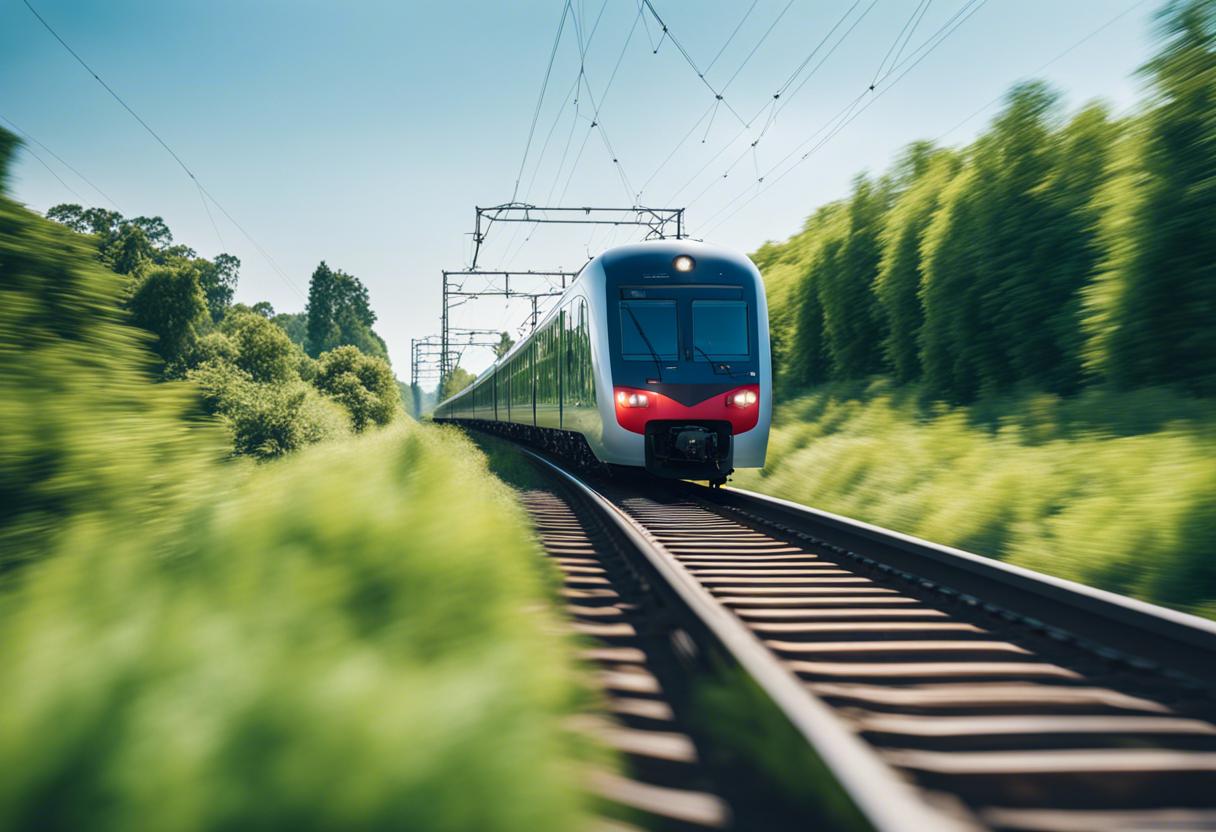The most ambitious rail vision in a century, as acknowledged by Transport Minister Eamon Ryan, proposes enhancements such as quickened and more regular train services, the introduction of routes in the northwest and the modernisation of the intercity railway with electric power. Today, Mr Ryan and the Infrastructure Minister of Northern Ireland, John O’Dowd, are releasing the All-Island Strategic Rail Review’s definitive report. Both governments on either side of the Border will employ this document in decision-making regarding rail sector investment until 2050.
Enacting the review’s recommended changes in the forthcoming 26 years, using last year’s prices as reference, would require an amount ranging from €35 billion to €37 billion, a cost that would be distributed between the two territories. This equates to an average yearly expenditure of roughly €1 billion in the State and €368 million (£310 million) in Northern Ireland.
According to the study performed by Arup consultancy firm, intercity trains could potentially reach speeds of up to 200km/h, markedly lowering travel durations and cutting them by half on certain routes, with the aim of making train travel considerably quicker than car trips.
Train services operating between cities are projected to occur at least every hour and every two hours for regional or rural routes. Upgrading single-track segments to double-track and even quadruple-track in particular areas would offer extra capacity.
The rail network across the island would extend from approximately 2,300km to close to 3,000km, thus providing around 700,000 additional individuals with access to a train station within a 5km radius.
Plans include the reinstatement of the Western Rail Corridor running between Claremorris and Athlone, and the expansion of the railway system in the northwest, targeting areas in Derry, Tyrone and Donegal counties. The rail link from Wexford to Waterford is also set for resurrection.
In a bid to fulfil climate change targets, the railways would be decarbonised through implementing overhead electric networks for long-distance travels and purchasing hybrid and electric trains. Connectivity to ports would be enhanced to boost rail freight, and freight track access charges would be reduced.
In addition to any ongoing projects that fall under the National Development Plan (NDP) 2021-30 like the DART+ initiative, these recommendations from the report would provide the framework for the railway sector’s future development plans.
The Department of Transport stated that the review will be beneficial when considering updates to the NDP. It also mentioned that the report’s vision will guide developments in rail services, such as boosting the frequency of trains from Dublin to Belfast and adding extra services between Dublin and Galway.
According to Mr Ryan, the review’s publication marks an important day for Ireland, presenting the most forward-thinking and ambitious plan for railways in a century. He expressed his eagerness for the recommendation’s implementation promptly, and announced ongoing work aided by the European Investment Bank to progress with the prospective changes.
Mr O’Dowd praised the review as a perfect instance of cohesive collaboration on priorities that span across borders and stressed the importance of continued cooperation in achieving its objectives.

